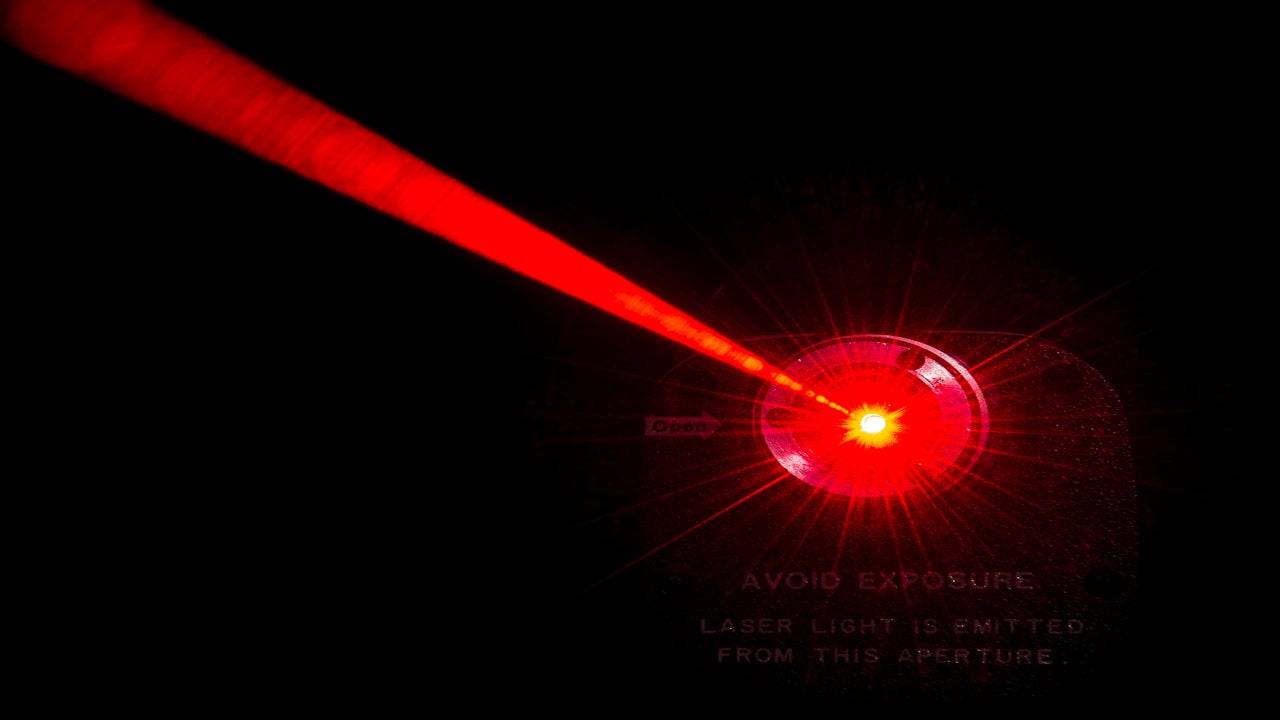
DEWs are expected to be equipped with combat platforms and deployed along with conventional weapons by 2025, according to GlobalData.
In a poll Verdict has conducted to assess the form of DEW that is likely to receive the most investment going forward, a majority 69% of the respondents voted for laser.
How well do you really know your competitors?
Access the most comprehensive Company Profiles on the market, powered by GlobalData. Save hours of research. Gain competitive edge.

Thank you!
Your download email will arrive shortly
Not ready to buy yet? Download a free sample
We are confident about the unique quality of our Company Profiles. However, we want you to make the most beneficial decision for your business, so we offer a free sample that you can download by submitting the below form
By GlobalDataHigh-power microwave was voted to receive the most investment by 19% of the respondents, while 3% voted for dazzlers.
The remaining 9% of the respondents voted for other types of DEWs to receive the most investment going forward.

The analysis is based on 220 responses received from the readers of Airforce Technology, Army Technology, and Naval Technology, Verdict’s defence sites, between 29 March and 22 June 2021.
Demand for directed energy weapons
The demand for DEWs is surging globally with the value of DEWs having reached $4.1bn in 2020. The US is leading in the development of DEWs globally with a market share of 41.6%, followed by China, France, Germany, and the UK. The US doubled its military expenditure on DEWs from $535m in fiscal year 2017 (FY17) to $1.1bn in FY19. The increase in investment in DEWs is expected to continue globally over the next decade.
The existing DEWs are focused on serving defensive functions such as protection of critical facilities and against missiles, unmanned aerial vehicles (UAVs), rockets and boats. Future developments are expected to focus on further expansion of defensive functions as DEWs, particularly lasers, provide significant advantages over traditional weapons such as precision engagement, low-cost per shot, logistical benefits, and low detectability.
The cost per shot of a laser weapon is estimated to be $1, according to the US Department of Defense (DoD) and the US Navy. While high-energy lasers are effective in cases where long-distance accuracy is required, microwave weapons can be effective against a large number of targets.
The US military is already using 100kW-150kW laser weapons and is developing more powerful 300kW laser weapons to counter supersonic cruise missiles. Lockheed Martin’s High Energy Laser and Integrated Optical-dazzler and Surveillance (HELIOS), which combines high-energy laser with optical dazzler, is currently being tested by the US Navy on the Aegis Combat System aboard the Arleigh Burke Flight IIA destroyer. Further, the US Air Force is testing a high-energy laser weapon system named H2, which was developed by Raytheon Technologies.
Certain technical challenges, however, need to be addressed to develop effective DEWs, which can be affected by atmospheric absorption, scattering, and turbulence. Further, laser beams have straight trajectories, which hampers them from attacking over-the-horizon targets.







